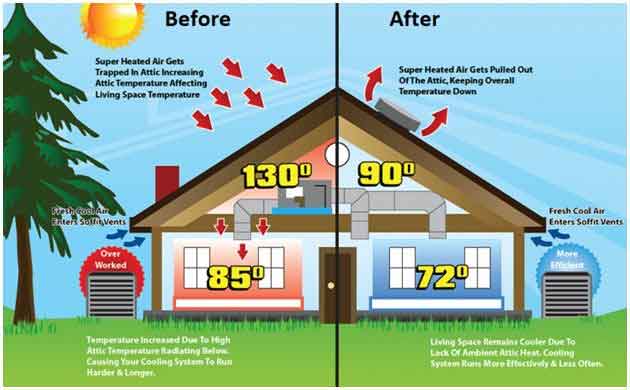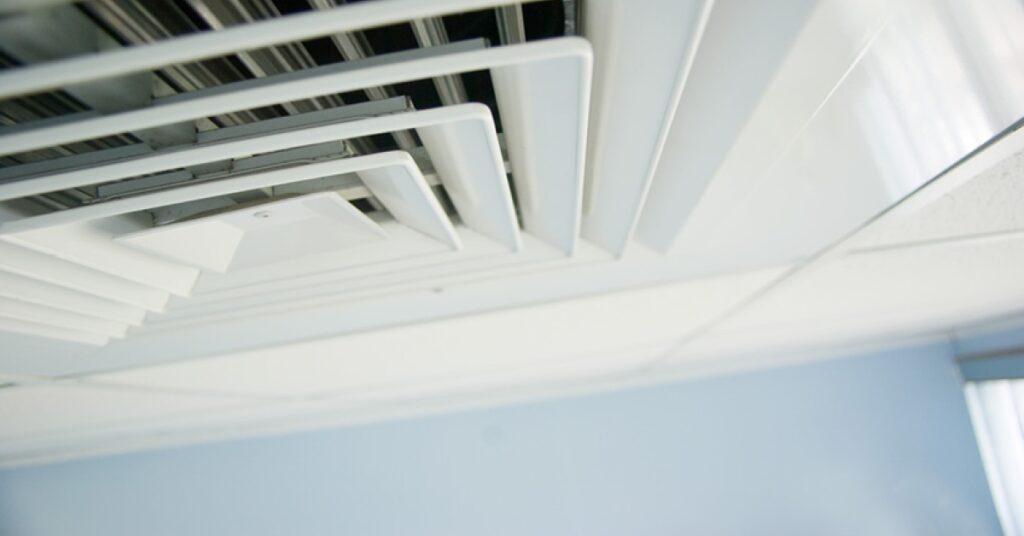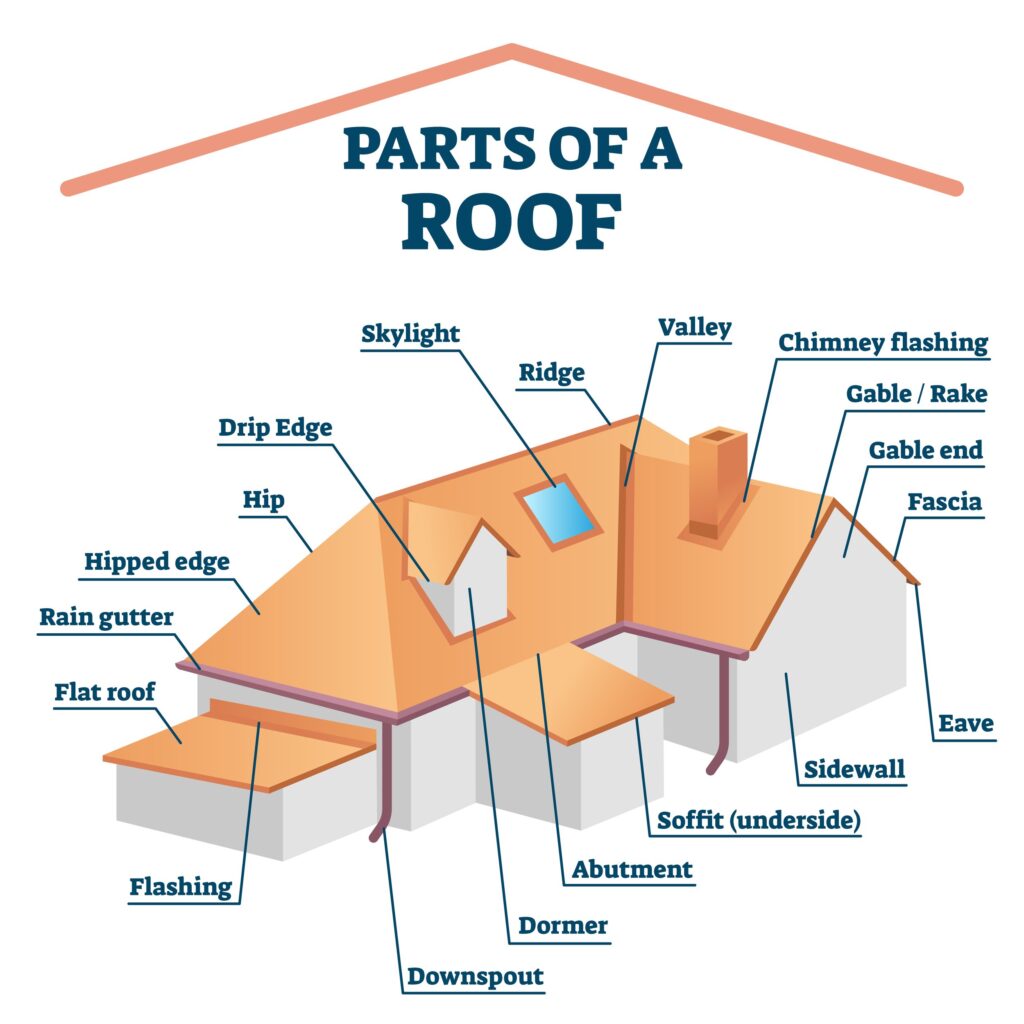Have you ever wondered what might happen if your attic is not properly vented? Well, in this article, we will explore the potential consequences of neglecting attic ventilation. From mold and moisture issues to decreased energy efficiency, find out why a well-ventilated attic is crucial for maintaining a healthy and functional home. So, if you’ve been overlooking this important aspect of your house, it’s time to discover the impact of a non-vented attic and how you can avoid these problems.
Why Attic Ventilation is Important
Proper attic ventilation is crucial for maintaining the overall health and condition of your home. It plays a vital role in preventing moisture buildup, controlling temperature, and preserving roofing materials. By ensuring that your attic is adequately ventilated, you can avoid a multitude of problems and potential risks.
Prevents Moisture Buildup
One of the primary reasons why attic ventilation is important is its ability to prevent moisture buildup. Without proper ventilation, the air in your attic can become stagnant, leading to condensation and the accumulation of moisture. This can result in a host of issues, including the growth of mold and mildew, rotting wood, and damage to insulation. By allowing fresh air to circulate through your attic, proper ventilation helps to remove excess moisture and maintain a dry environment.
Controls Temperature
Attic ventilation also plays a crucial role in controlling the temperature within your home. During hot summer months, the sun’s rays can heat up your attic and transfer that heat down into your living spaces. Without adequate ventilation, this trapped heat can cause your home’s cooling system to work harder, leading to increased energy costs. By allowing hot air to escape and cool air to circulate, proper ventilation helps to regulate the temperature in your attic and minimize the strain on your cooling system.
Preserves Roofing Materials
Another important benefit of attic ventilation is its impact on preserving the lifespan of your roofing materials. Without proper airflow, heat can become trapped in your attic, causing the shingles on your roof to become excessively hot. This excessive heat can accelerate the deterioration of your roof, leading to premature aging, cracking, and warping of your shingles. By allowing hot air to escape, proper ventilation helps to prevent roof damage and extend the life of your roofing materials.
Signs of Poor Attic Ventilation
Recognizing the signs of poor attic ventilation is crucial in order to address the issue promptly. Here are some common signs that indicate your attic may not be adequately ventilated:
Excessive Heat
If your attic feels excessively hot, especially during the summer months, it is likely a sign of poor ventilation. Hot air becomes trapped, making it difficult for your attic to cool down naturally. This not only affects your home’s overall temperature but also puts a strain on your cooling system.
Mold and Mildew Growth
The presence of mold and mildew in your attic is a clear indication of poor ventilation. When warm, moist air is unable to escape, it condenses and creates the perfect environment for mold and mildew to thrive. If you notice any signs of mold or mildew, it is essential to address the ventilation issue promptly to prevent further damage.
Ice Dams
In colder climates, the formation of ice dams along the edges of your roof is a common sign of poor attic ventilation. When warm air from your home escapes into the attic and then melts the snow on your roof, it can refreeze near the eaves, forming ice dams. These ice dams can lead to water leakage, roof damage, and even structural issues.
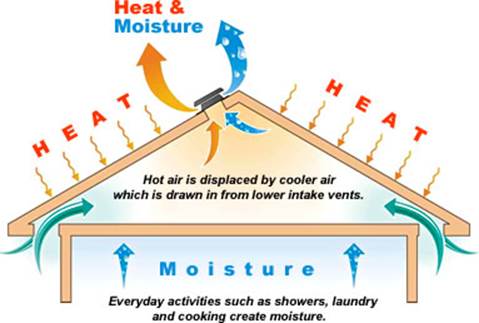

Potential Problems Caused by Lack of Attic Ventilation
Neglecting proper attic ventilation can result in various problems that can impact both your home and your wallet. Here are some potential problems caused by a lack of attic ventilation:
Increased Energy Costs
When your attic lacks proper ventilation, heat becomes trapped, causing your home’s cooling system to work harder. This increased strain on your cooling system leads to higher energy consumption and ultimately higher energy costs. By ensuring your attic is properly ventilated, you can help alleviate this strain and reduce your energy bills.
Roof Damage
Without proper ventilation, trapped heat can cause significant damage to your roof. The excessive heat can accelerate the aging process of your roofing materials, causing them to deteriorate more quickly. This can lead to cracking, warping, and premature failure of your roof, necessitating costly repairs or even a full roof replacement.
Reduced Lifespan of Insulation
Proper attic ventilation helps to maintain a stable and dry environment, which is essential for the longevity of your insulation. When moisture accumulates due to poor ventilation, it can adversely affect the effectiveness of your insulation. Over time, this can lead to reduced insulation performance and increased energy loss, resulting in higher heating and cooling costs.
Health Risks Associated with Poor Attic Ventilation
In addition to the potential problems to your home, poor attic ventilation can also pose health risks to you and your family. Here are some health issues associated with inadequate attic ventilation:
Respiratory Issues
When moisture is trapped due to inadequate ventilation, it can create a breeding ground for mold, mildew, and other airborne contaminants. Breathing in these pollutants can irritate your respiratory system and potentially lead to respiratory issues such as coughing, wheezing, and difficulty breathing.
Allergies and Asthma
The presence of mold and other allergens in your attic can trigger allergic reactions and worsen asthma symptoms. If you or your family members suffer from allergies or asthma, poor attic ventilation can exacerbate these conditions and make them more difficult to manage.
Indoor Air Quality
The air quality inside your home is directly affected by the air quality in your attic. Without proper ventilation, contaminants and pollutants can circulate throughout your living spaces, reducing the overall indoor air quality. This can have adverse effects on your health, causing symptoms such as headaches, fatigue, and respiratory distress.
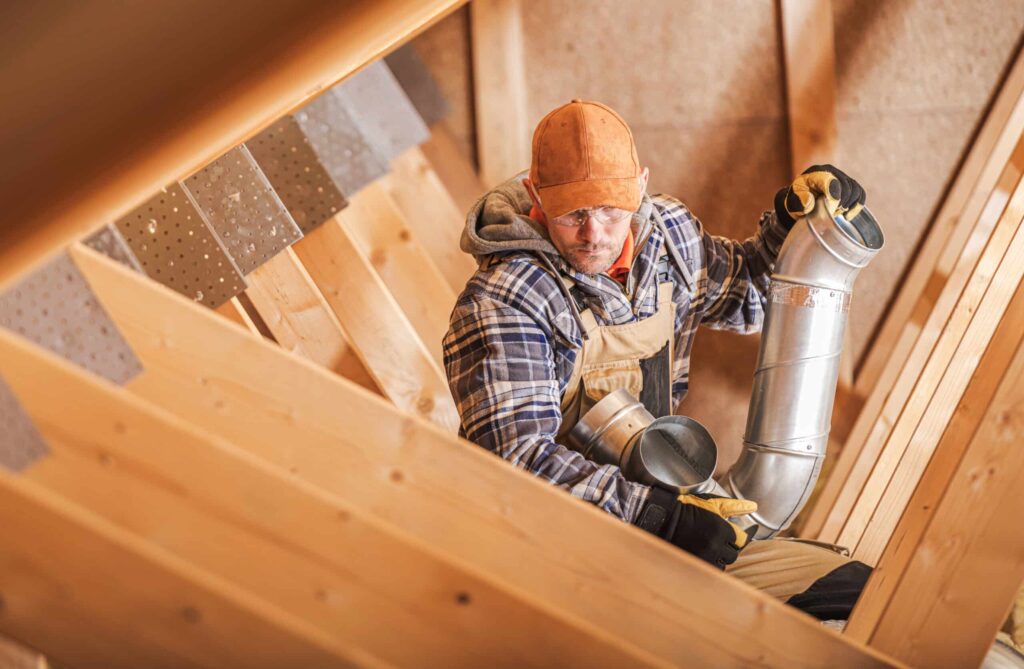

Tips for Attic Ventilation
Proper attic ventilation is essential for maintaining a healthy and functional home. Here are some tips to ensure your attic is adequately ventilated:
Install Sufficient Vents
To promote proper airflow and ventilation, it is crucial to have sufficient vents installed in your attic. Ridge vents, soffit vents, and gable vents are common types of vents used in attic ventilation systems. The number and placement of vents should be based on the size of your attic and the climate in your area. Consulting with a professional can help determine the optimal venting system for your specific needs.
Ensure Proper Airflow
In addition to having sufficient vents, it is important to ensure proper airflow within your attic. This can be achieved by creating a balanced ventilation system that allows for both intake and exhaust vents. Intake vents, such as soffit vents, allow fresh air to enter the attic, while exhaust vents, such as ridge vents or gable vents, allow hot air to escape. Maintaining a balanced airflow helps regulate temperature and prevent moisture buildup.
Use Proper Insulation
Insulation plays a critical role in attic ventilation by helping to regulate temperature and reduce energy loss. Make sure your attic is properly insulated to complement your ventilation system. Proper insulation can help maintain a stable temperature in your attic and prevent heat transfer to your living spaces. It is essential to choose insulation materials with an appropriate R-value for your climate to maximize energy efficiency.
Common Attic Ventilation Systems
Several types of attic ventilation systems are commonly used to promote proper airflow and ventilation. Understanding these systems can help you choose the most suitable option for your home:
Ridge Vent
A ridge vent is a continuous vent that runs along the peak of the roof. It allows hot air to escape from the attic while evenly distributing airflow along the roofline. Ridge vents are an effective and aesthetically pleasing option for attic ventilation.
Soffit Vents
Soffit vents are located in the undersides of the eaves and provide intake ventilation. They allow fresh air to enter the attic, creating a flow of cool air that pushes out the hot air through exhaust vents. Soffit vents are crucial for achieving a balanced ventilation system.
Gable Vents
Gable vents are typically installed on the exterior walls of the attic. They provide exhaust ventilation and are often used in combination with soffit vents to create proper airflow. Gable vents can be an effective option for ventilating attics, particularly in homes without a ridge vent.
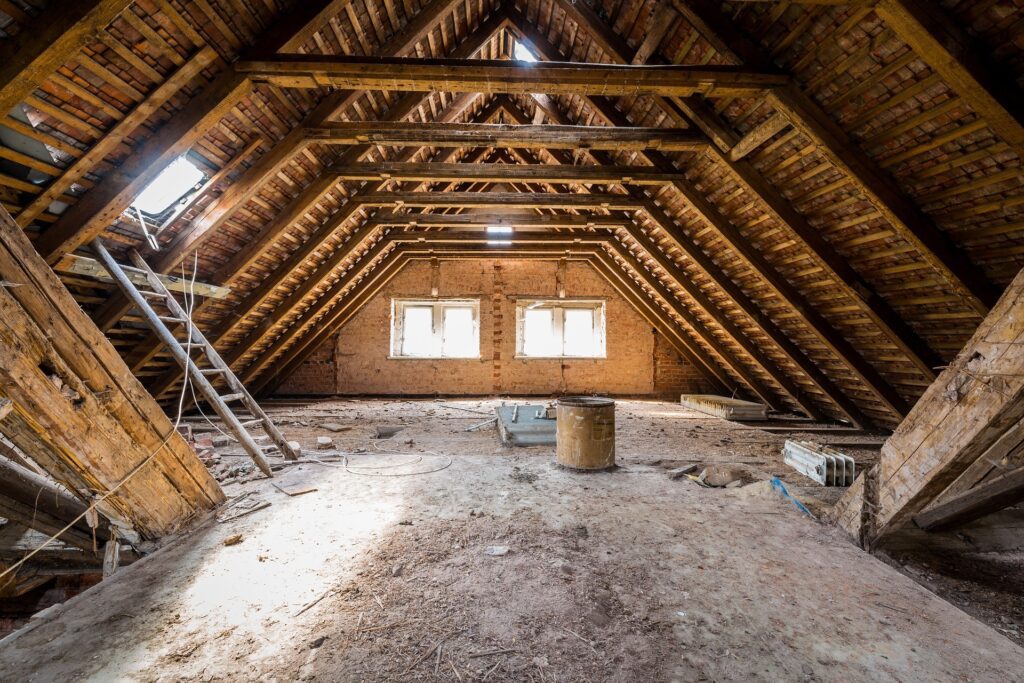

Consulting a Professional
While DIY approaches to attic ventilation may be tempting, consulting a professional is highly recommended. Here are some benefits of seeking professional inspection, guidance, and installation:
Benefits of Professional Inspection
A professional inspection allows for a comprehensive assessment of your attic ventilation needs. They can identify any existing issues or deficiencies and recommend the most appropriate solution for your home. Professional inspectors have the expertise to assess your specific situation and provide tailored recommendations.
Choosing the Right Ventilation System
Every home is unique, and it is essential to choose the right ventilation system for your specific needs. A professional can help you select the most suitable vents, determine their optimal placement, and calculate the correct number of vents based on your attic’s size and the climate in your area.
Installation and Maintenance
Attic ventilation systems require proper installation to ensure optimal airflow and functionality. A professional has the knowledge and experience to install vents correctly, avoiding common installation mistakes that can compromise performance. Additionally, they can provide guidance on maintenance practices to keep your attic ventilation system in top condition.
Conclusion
Attic ventilation is a vital aspect of maintaining a healthy and functional home. From preventing moisture buildup and controlling temperature to preserving roofing materials, the benefits of proper ventilation are far-reaching. By recognizing the signs of poor attic ventilation and taking proactive steps to address the issue, you can avoid potential problems, protect your home, and promote a healthier living environment. Consulting a professional for inspection, guidance, and installation is highly recommended to ensure your attic ventilation system is properly designed and installed for optimal performance. Prioritizing attic ventilation will not only help preserve the integrity of your home but also contribute to your family’s health and well-being.
